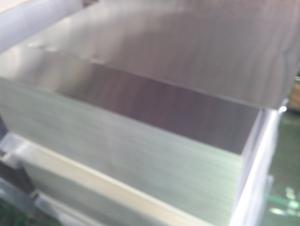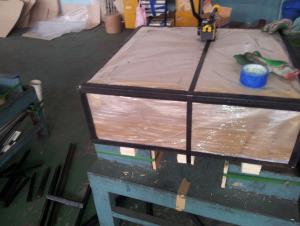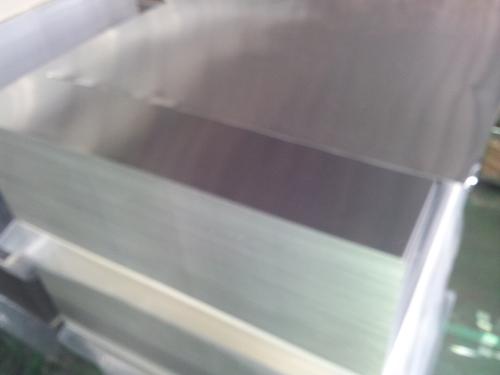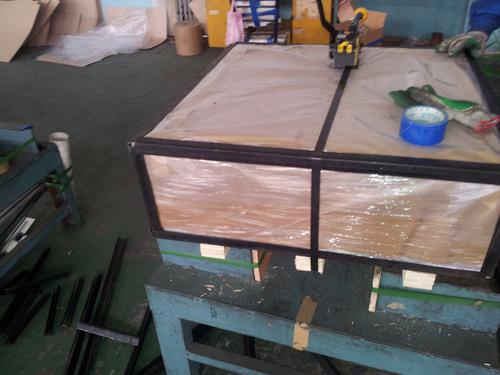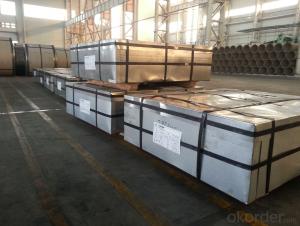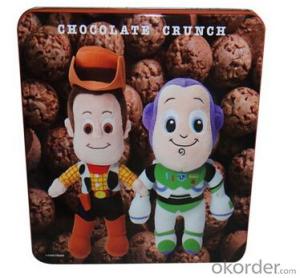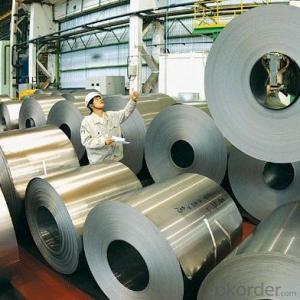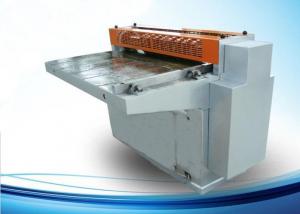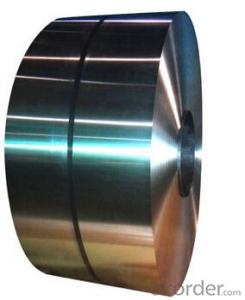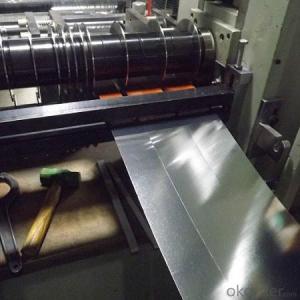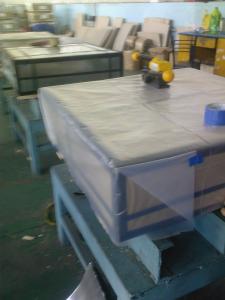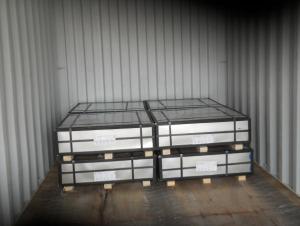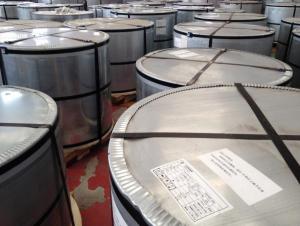Tinplate
- Loading Port:
- China Main Port
- Payment Terms:
- TT OR LC
- Min Order Qty:
- -
- Supply Capability:
- -
OKorder Service Pledge
Quality Product, Order Online Tracking, Timely Delivery
OKorder Financial Service
Credit Rating, Credit Services, Credit Purchasing
You Might Also Like
Our Tinplates Specification is as below:
Standard: ISO 11949 -1995, JIS G3303,ASTM A623, BS EN 10202
Material: MR,SPCC
Thickness:0.15mm - 0.50mm
Width and Length: 600mm -1150mm
Temper: T1-T5
Annealing: BA & CA
Tincoating:customized
- Q: How does tinplate perform in microwave ovens?
- Tinplate is not suitable for use in microwave ovens as it can cause sparks and potentially damage the appliance.
- Q: How does tinplate handle exposure to pressure and impact?
- Tinplate is known for its excellent ability to handle exposure to pressure and impact. Its durable and sturdy nature allows it to withstand external forces without deformation or breakage. This makes tinplate suitable for various applications where it needs to withstand pressure or impacts, such as packaging, cans, and industrial components.
- Q: What are the main applications of tinplate in the cosmetics industry?
- Tinplate is primarily used in the cosmetics industry for packaging purposes. It provides a durable and protective barrier that safeguards cosmetic products from external elements, such as light, moisture, and air, thereby extending their shelf life. Additionally, tinplate offers an attractive and visually appealing packaging solution, allowing brands to enhance their product's presentation and create a unique brand identity.
- Q: Can tinplate packaging be used for sports equipment?
- Yes, tinplate packaging can be used for sports equipment. Tinplate packaging provides durability, protection, and resistance to corrosion, making it suitable to store and transport various types of sports equipment such as balls, racquets, and small accessories. Additionally, tinplate packaging can be customized and branded, enhancing the overall aesthetic appeal of the products.
- Q: How is tinplate coated with tin?
- Tinplate is coated with tin through a process called electrolytic tinning. In this process, the tinplate is immersed in an electrolyte bath containing tin salts. An electric current is then passed through the bath, causing the tin ions to be attracted to the steel surface of the tinplate. As a result, a thin layer of tin is deposited onto the steel, providing it with corrosion resistance and enhanced appearance.
- Q: What are the advantages of using tinplate for shipping containers?
- There are several advantages of using tinplate for shipping containers. Firstly, tinplate is highly resistant to corrosion, which ensures the longevity and durability of the containers, even in harsh marine environments. Secondly, tinplate offers excellent strength-to-weight ratio, making it a lightweight yet sturdy option for shipping containers. Additionally, tinplate is easy to form and shape, allowing for efficient manufacturing processes. Lastly, tinplate provides an effective barrier against moisture and oxygen, protecting the goods inside from damage during transportation.
- Q: What are the regulations and standards related to tinplate packaging?
- The regulations and standards related to tinplate packaging vary depending on the country and industry. However, some common regulations and standards include ensuring the tinplate packaging materials are food-grade and safe for consumers, complying with labeling requirements such as product information and warnings, and meeting environmental regulations for packaging waste management. Additionally, tinplate packaging may need to adhere to specific industry standards like those set by the International Organization for Standardization (ISO) or specific regulatory bodies such as the United States Food and Drug Administration (FDA).
- Q: How does tinplate contribute to the overall durability of packaging?
- Tinplate contributes to the overall durability of packaging through its inherent strength, corrosion resistance, and ability to withstand extreme temperatures. It provides a protective barrier against moisture, oxygen, and light, which helps to preserve the quality and freshness of packaged goods. Additionally, tinplate's resistance to impact and puncture ensures that the packaging remains intact during handling, transportation, and storage, thereby extending the lifespan of the product.
- Q: Can tinplate be used for packaging cosmetics?
- Yes, tinplate can be used for packaging cosmetics. Tinplate is a type of steel coated with a thin layer of tin, which provides excellent protection against oxidation and corrosion. It is commonly used in the packaging industry due to its durability, versatility, and ability to maintain the quality and integrity of products. Tinplate packaging for cosmetics offers a sleek and attractive appearance while ensuring the safety and preservation of the cosmetic products.
- Q: What are the challenges in printing on tinplate?
- Some of the challenges in printing on tinplate include the difficulty in achieving accurate and precise color reproduction, the need for specialized inks and printing processes, and the potential for adhesion issues due to the smooth and non-porous surface of tinplate. Additionally, the durability of the printed image may be compromised due to scratching or rubbing, and the high cost of tinplate printing equipment and materials can also pose a challenge.
Send your message to us
Tinplate
- Loading Port:
- China Main Port
- Payment Terms:
- TT OR LC
- Min Order Qty:
- -
- Supply Capability:
- -
OKorder Service Pledge
Quality Product, Order Online Tracking, Timely Delivery
OKorder Financial Service
Credit Rating, Credit Services, Credit Purchasing
Similar products
Hot products
Hot Searches
Related keywords
